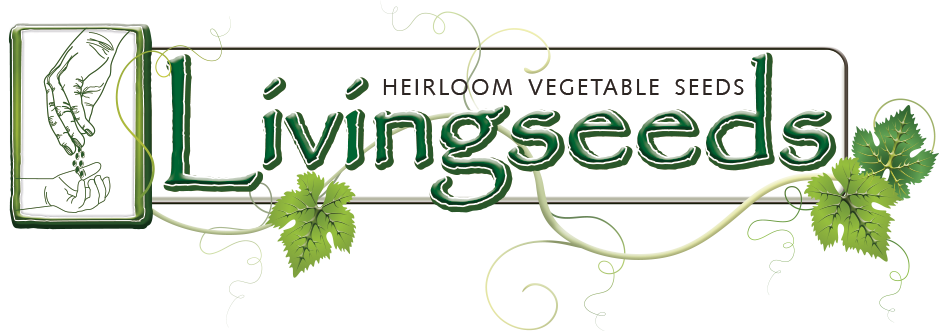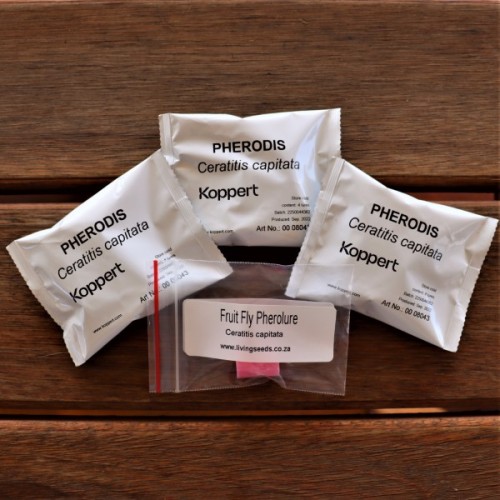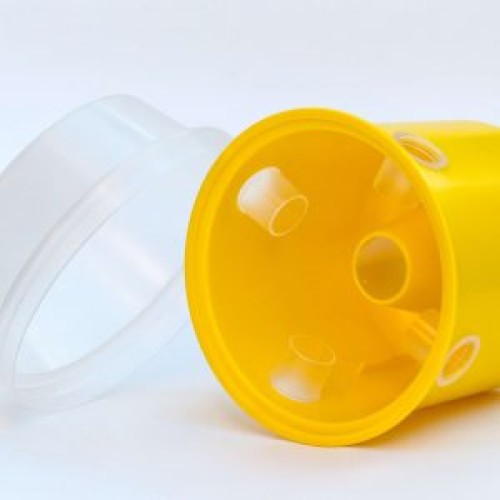Fruit Fly
Bactrocera dorsalis / Ceratitis capitata
Fruit flies are among the most economically damaging pests in South African home gardens, particularly on stone fruit, citrus, figs, and guavas. These small, fast-moving flies lay their eggs just beneath the skin of ripening fruit. The resulting maggots burrow inside, leaving soft spots, internal rot, and rapid fruit drop. Once the signs of damage appear, it is far too late. The larval stage is already protected within the fruit. In warm climates, fruit flies can complete multiple generations per season, leading to constant pressure across overlapping crops.
A proactive strategy is the only reliable way to manage fruit flies. Sprays applied after maggots are inside the fruit have little effect. Instead, the key lies in early detection, ongoing population suppression, and rigorous sanitation. Preventative trapping using pheromone-based systems keeps adult numbers low and allows you to intervene before egg-laying causes significant crop loss.
Culturally, start each fruiting season by deploying traps before the first signs of ripening. Remove fallen or infested fruit immediately and bury it deeply or solarise to prevent reinfestation. Regularly monitor traps for spikes in activity. For long-term suppression, use traps in every tree at chest height on the northern, sunniest side. For soft-fleshed fruit like peaches and guavas, place traps early and maintain them well into the post-harvest period.
-
Traps/Monitoring
-
Fruitfly: Trap System
A complete funnel-style trap system using long-lasting pheromone lures. Install one per fruit tree at the beginning of the season. Check weekly and record activity. -
Fruitfly Pheromone Lure (4 Pack)
Replacement lures that last up to 20 weeks. Effective for long-term trapping and seasonal rotation. -
Moskisan Trap: Trap Only
A reusable pheromone-compatible trap body designed for male annihilation and monitoring.
-
Fruitfly Pheromone Lure
A pheromone-based lure that attracts the males, effectively removing them from the breeding populati..
R300.10
Fruitfly: Trap System
Moskisan Trap + Pheromone lure This is a very effective pheromone-based trap that lasts 20 weeks..
R204.69
Moskisan Trap : Trap Only
The Moskisan Trap is used around the world to monitor fruit flies in area wide monitoring programs..
R129.26


